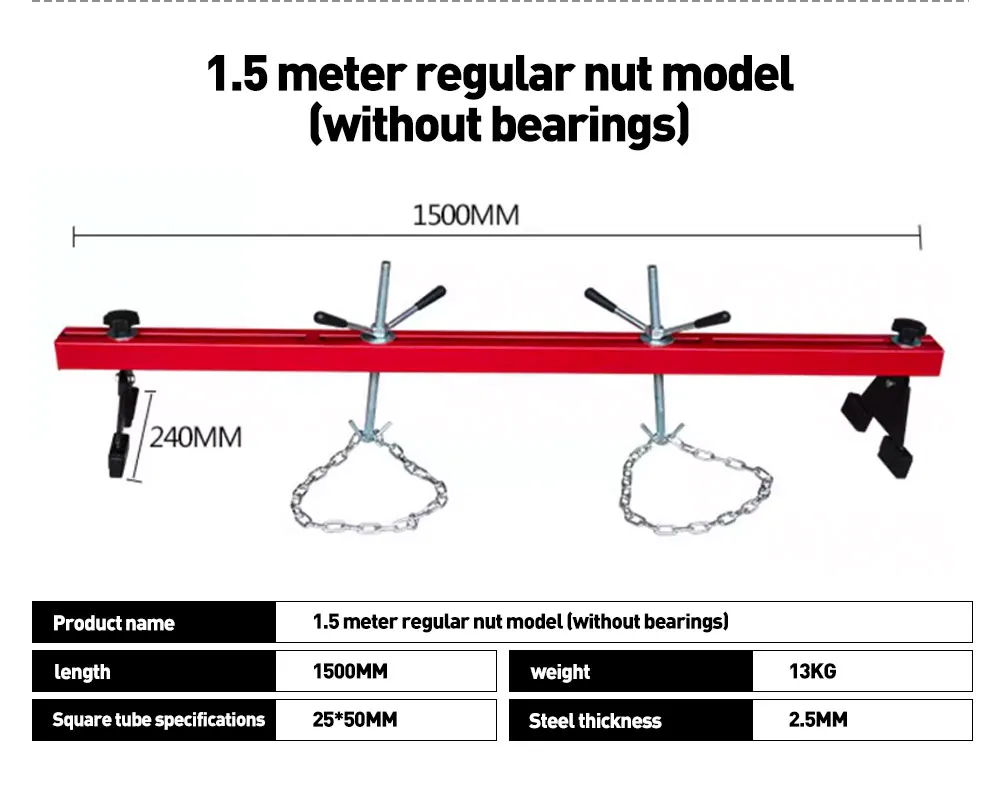Electric Release Gantry Lifter 5t Two Post Hydraulic Used Truck Car Lifts For Sale


5. Rust and Corrosion Exposure to moisture can lead to rust and corrosion, which may impair a jack’s mechanical parts. Regular inspection and maintenance, such as applying lubricants to moving parts, can prevent corrosion. Store your jack in a dry, clean place when not in use to prolong its lifespan. 6. Worn Out or Damaged Pump The pump mechanism must work efficiently. If the jack doesn't lift correctly after inspecting the hydraulic fluid and seals, the pump may be faulty or worn out. A professional inspection can determine if the pump requires replacement or repair. 7. Blocked Release Valve A blocked release valve may prevent the jack from lifting. This valve must operate smoothly to allow the fluid to move correctly. Clean and inspect the release valve for obstructions or debris, ensuring it is properly functioning. 8. End-User Mishandling Sometimes, improper usage could be the root cause of a non-lifting jack. Follow the manufacturer’s instructions carefully and ensure you use the jack on a firm, level surface to maintain stable lifting conditions. In conclusion, understanding the functionality and limitations of your car jack can prevent common issues and enhance safety. Regular maintenance is crucial, and when in doubt, seeking an expert’s help can save you from potential hazards. A car jack is an investment in safety and convenience, and ensuring its proper function is paramount to any successful vehicle maintenance endeavor.
Products categories
Latest News
-
Unlock the Power of the Spring Compressor for Your Projects
NewsApr.01,2025 -
Unlock the Power of Safe and Efficient Compression with the Spring Compressor
NewsApr.01,2025 -
Unlock Maximum Efficiency with the Spring Compressor
NewsApr.01,2025 -
Maximize Efficiency and Safety with the Spring Compressor
NewsApr.01,2025 -
Discover the Efficiency of the 2 Ton Foldable Shop Crane: A Must-Have for Auto Repair and More
NewsApr.01,2025 -
Discover the Best Spring Compressor for Your Needs
NewsApr.01,2025 -
Unlock the Full Potential of Your Workspace with the Tools Trolley
NewsMar.21,2025















